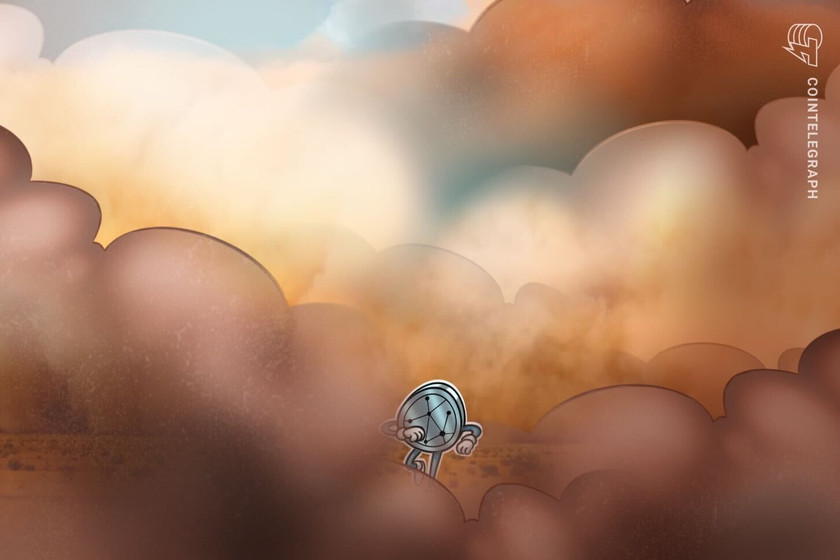Over the last two years, nonfungible tokens (NFTs) have emerged as one of the most active and noticeable aspects of Web3.
The data stored on blockchains by NFTs may be connected with files that include various forms of media, such as photographs, videos and audio. In certain instances, it can even be related to physical items. The owner of an NFT will often have ownership rights over the data, material or item connected with the token, and these tokens are typically purchased and traded on specialized markets. The rise of NFTs was meteoric in 2021, but it hasn’t been very steady since then, and it seems to have fallen sharply in 2022.
Why NFTs exploded in popularity in 2021
In 2021, two of the most active markets for NFTs were collectible art projects and the video game industry. NFTs have ushered in a new era of video gaming, which has resulted in the proliferation of new types of games, such as blockchain-based play-to-earn games that provide players with in-game benefits. Users now have the opportunity to own in-game assets for the first time and make a possible profit from such assets by trading them on NFT platforms like OpenSea.
Axie Infinity, a game that included both NFTs and its own native cryptocurrency, became the most popular crypto game overall. Axie’s NFT market reached a milestone of $1 billion in total trading volume. In addition, the game accounted for two-thirds of blockchain-game NFT transactions in 2021, according to a report covered by Cointelegraph in March this year.
The gaming industry can help to bring NFTs into the mainstream due to their massive popularity. Pavel Bains, executive producer of Mixmob — a card strategy racing game — told Cointelegraph:
“NFTs within crypto gaming are a massive tool, probably one of the top three driving forces in crypto mainstream adoption. Right now, the biggest roadblock we’re facing is that the games aren’t very fun to play. Some will say, ‘Oh, the onboarding experience is bad… Using a crypto wallet isn’t ideal. You need to abstract it away.’ I don’t believe that. Kids will go through pain to get what they want if it’s fun.”
Fear of missing out also seemed to play a major role, with the massive success of picture-for-proof collections like the Bored Ape Yacht Club (BAYC) soaring from a mint price of $300 to up to $3.4 million for a rare golden ape.
No matter what it is, there are usually two types of adopters: those who see the potential in a trend and are willing to…
Click Here to Read the Full Original Article at Cointelegraph.com News…
























